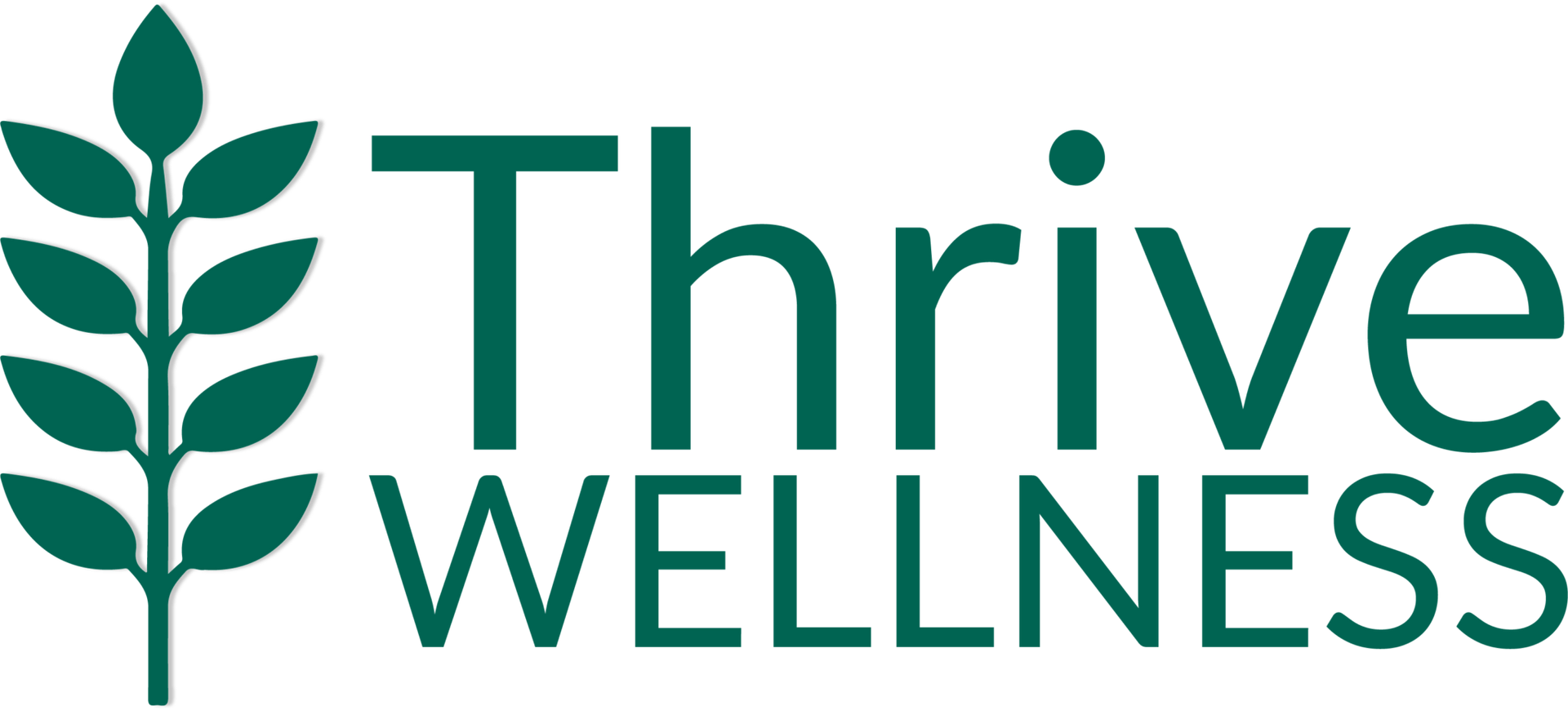Despite the unique intricacies of each diagnosis, there are several indications that one may be suffering from an eating disorder.
Signs that a person may be experiencing an eating disorder include:
- Preoccupation with body shape, size, or weight
- Preoccupation with food or dieting
- Creating rigid rules around food, eating, or physical activity
- Skipping meals or vomiting after eating
- Feelings of discomfort when eating around others
- Withdrawal from social situations involving eating
- Fluctuations in weight
- Gastrointestinal problems, including slowed digestion and constipation
- Menstrual irregularities
- Difficulties concentrating
- Anemia
- Decrease of red or white blood cells
- Underactive thyroid
- Decreased hormone levels
- Low potassium levels
- High cholesterol levels
- Dizziness or fainting
- Persistently feeling cold
- Trouble sleeping
- Growth of lanugo, which is hair that helps the body stay warm when facing starvation
- Dental problems, including enamel erosion, discoloration of teeth, cavities, and tooth sensitivity
- Dry skin, hair loss, and brittle hair and nails
- Impaired immune functioning
Those struggling with eating disorders often do so in silence due to fear and feelings of embarrassment and shame, which can prevent them from seeking the support they need to get well. If left untreated, an eating disorder can be fatal. In fact, eating disorders are the second deadliest of all mental health disorders.
While the
statistics surrounding eating disorders
are scary, holistic healing and lasting recovery are entirely possible.






